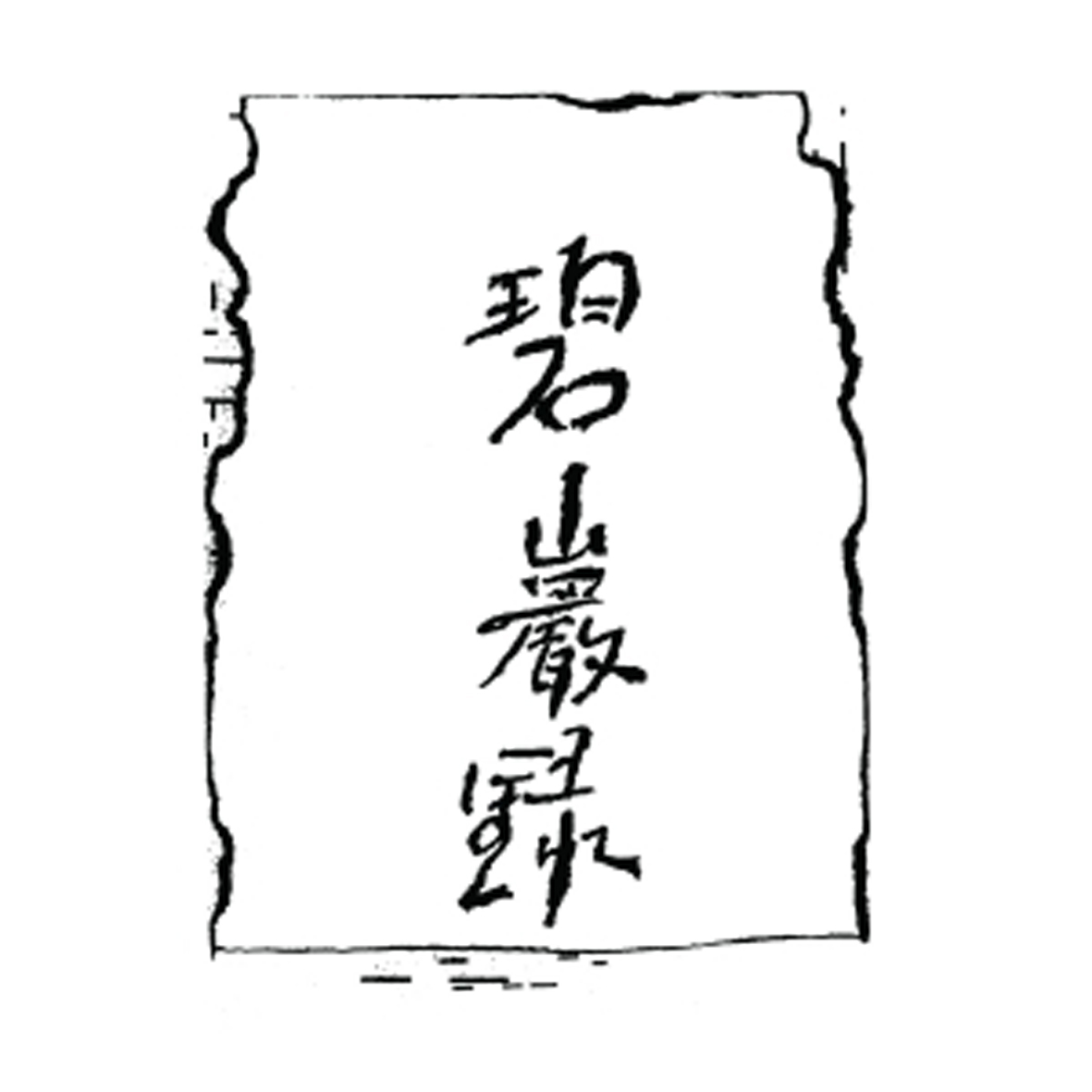Catherine Christer Hennix, "Central Palace Music" and "Live at Issue Project Room"
 This intriguing and wildly divergent pair of unreleased performances provides a fascinating window into the curious evolution of Hennix's singular artistry.  The newer and more listenable of the two is credited to her current Chora(s)san Time-Court Mirage project and enlists a trio of vocalists to weave a mantric, quasi-devotional Eastern drone reverie for 80 minutes.  Far more intriguing, however, is the remarkably heavy and nerve-jangling 1976 performance from her earlier just-intonation ensemble, The Deontic Miracle.  In retrospect, it now makes perfect sense to me why it took so long for Catherine Christer Hennix's work to be fully appreciated, as there is absolutely no way that the world was ready for such radically dissonant drones forty years ago.
This intriguing and wildly divergent pair of unreleased performances provides a fascinating window into the curious evolution of Hennix's singular artistry.  The newer and more listenable of the two is credited to her current Chora(s)san Time-Court Mirage project and enlists a trio of vocalists to weave a mantric, quasi-devotional Eastern drone reverie for 80 minutes.  Far more intriguing, however, is the remarkably heavy and nerve-jangling 1976 performance from her earlier just-intonation ensemble, The Deontic Miracle.  In retrospect, it now makes perfect sense to me why it took so long for Catherine Christer Hennix's work to be fully appreciated, as there is absolutely no way that the world was ready for such radically dissonant drones forty years ago.
Live at Issue Project Room documents a 2014 live performance of a recent piece entitled "Blues Alif Lam Mim in the Mode of Rag Infinity/Rag Cosmosis." Characteristically, the piece is based upon just-intonation tuning, yet it curiously does not sound nearly as distinctive and revelatory as some of her other work.  The reason for that is quite simple: this is definitely not one of Hennix's more adventurous compositions.  Instead, it feels like a straight-up homage to the work of her former mentor, the late Hindustani vocalist/hugely influential supernova Pandit Pran Nath.  Stylistically, it will probably be almost indistinguishable from classical raga for most casual listeners, which understandably makes it a less than essential release, akin to watching a favorite punk band launch into a spirited set of Ramones' covers: it certainly has its pleasures, but it is not quite what drew me here.  In any case, the stars of this set are unquestionably vocalists Imam Ahmet Muhsin Tüzer, Amir Elsaffan and Amirtha Kidambi, who weave an impassioned spell of soulful chants and wails over a bed of buzzing tambura drones and brass swells for well over an hour.
It would be unfair and reductionist to say that this piece is entirely traditional, however, as Hennix and her ensemble definitely tweak the raga formula in a number of subtle and inventive ways.  The most immediately obvious is the addition of the aforementioned sustained brass tones, but attentive ears will also note the use of electronics to create hazy afterimages and layered vocal drones.  Also, in a compositional sense, the piece features a few surging undercurrents of menace that are not at all native to raga.  Equally impressive and unexpected are the occasional massed brass reveries and the passage where it all fleetingly dissipates into quivering feedback.  Judged solely on its own merits, this is certainly an impressively nuanced, sustained, and mesmerizing performance by a reverent ensemble that has clearly mastered the form and shaped it to meet their own deep drone impulses.  In the context of Hennix's larger oeuvre, however, it is merely a likeable minor release.  An album like The Electric Harpsichord sounds like nothing else on earth, whereas this just sounds like a particularly skilled channeling of an aesthetic with a long and storied lineage.  Granted, I probably would have been floored if I had witnessed the actual concert, but without the forced focus of a live performance, the lulls between the rare crescendos feel like legitimate lulls rather than the simmering potential that they are meant to be.
- Live at Issue Project Room (excerpt #1)
- Live at Issue Project Room (excerpt #2)
- Live at Issue Project Room (excerpt #3)
 Conversely, the considerably smaller and more minimalist Deontic Miracle managed to sound like a sickly, quivering, and slow-burning nightmare with just a couple of Renaissance oboes (shawms?), a sheng (a Chinese pipe instrument), and some sine wave generators.  As anyone who has heard The Electric Harpsichord can attest, just-intonation lends itself remarkably well to tense, sinister-sounding dissonance and there is plenty of that here.  I can almost hear Werner Herzog in my head ranting about how the mathematical patterns found in nature are inherently corrupt and infernal and that humanity transformed entropy to harmonious order with the invention of Western tunings.  In any case, the titular central palace sounds like quite a singularly disquieting place.  Occasionally, a trilling melody will strike a tone that feels both ancient and regal, but the effect is invariably curdled by the dissonant harmonies that shift and swell beneath it.  Rather than being the central motif, the rare instances of exotic fluttering melody merely serve as fleeting oases in an unending, slow-motion tide of eerie discomfort.
Conversely, the considerably smaller and more minimalist Deontic Miracle managed to sound like a sickly, quivering, and slow-burning nightmare with just a couple of Renaissance oboes (shawms?), a sheng (a Chinese pipe instrument), and some sine wave generators.  As anyone who has heard The Electric Harpsichord can attest, just-intonation lends itself remarkably well to tense, sinister-sounding dissonance and there is plenty of that here.  I can almost hear Werner Herzog in my head ranting about how the mathematical patterns found in nature are inherently corrupt and infernal and that humanity transformed entropy to harmonious order with the invention of Western tunings.  In any case, the titular central palace sounds like quite a singularly disquieting place.  Occasionally, a trilling melody will strike a tone that feels both ancient and regal, but the effect is invariably curdled by the dissonant harmonies that shift and swell beneath it.  Rather than being the central motif, the rare instances of exotic fluttering melody merely serve as fleeting oases in an unending, slow-motion tide of eerie discomfort.It is hard to say whether any of the darkness that I attribute to the piece is actually intentional, as it is subtitled "From 100 Model Subjects For Hegikan Roku," which seems to be an allusion to The Blue Cliff Record, a collection of Zen koans dating from the 12th century.  As such, it is highly unlikely to have menacing aspirations of any kind.  It certainly has teeth and gravitas to spare, but it could just as easily be inspired by water if the world is viewed with clear enough eyes and a deep enough understanding: people always think of gentle waves and sun-dappled lakes and not the dangerous undercurrents and elemental power.  In any case, it would take someone with considerably more command of Buddhist literature and teachings than me to figure out where Hennix was coming from or what she was hoping to convey.  If Central Palace Music has a flaw, it is merely that is deeply uneasy listening that could easily be considered one-dimensional by ears unsuited to sustained dissonance.  I would be very curious to know what the audience at Sweden's Moderna Museet thought of this performance, as it seems to like it probably would have had Merzbow-grade room-clearing power by mid-70s standards (few contemporary experiences could have been more outré than getting one's face melted by some Buddhists wielding ancient oboes).  To my ears, however, this is a deeply absorbing and visceral album that masterfully maintains an ebb and flow of deliciously shifting tension for 45 glorious minutes.  Happily, this is allegedly just the first entry in a planned series of archival Hennix releases from Important, so this is hopefully just the tip of a woefully underheard, harmonically visionary iceberg that will delight me for years.
Samples:
 
 



